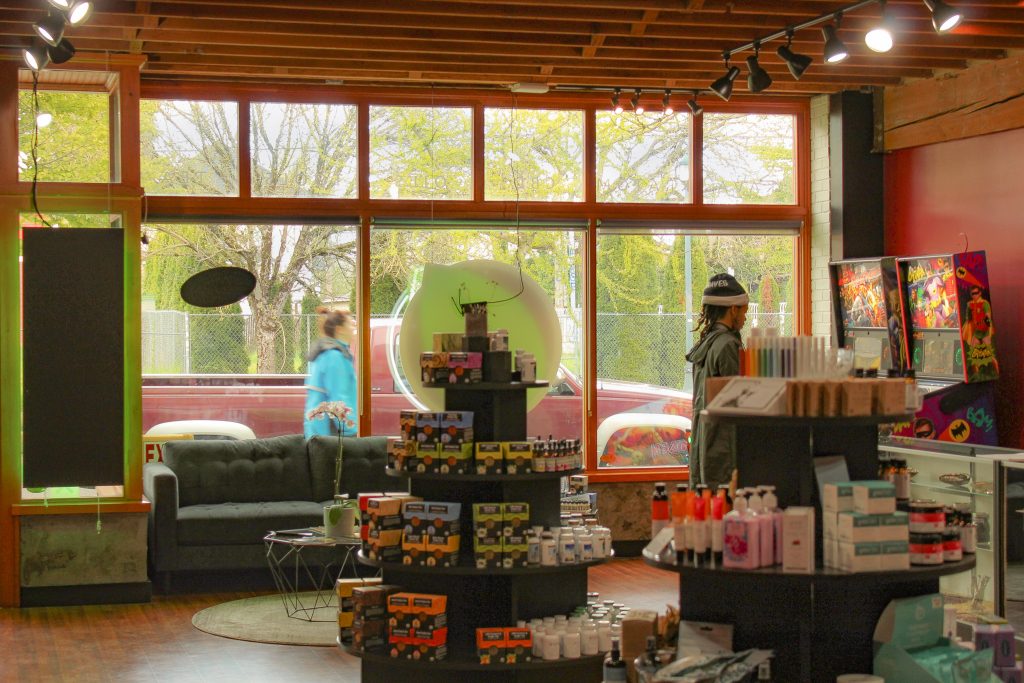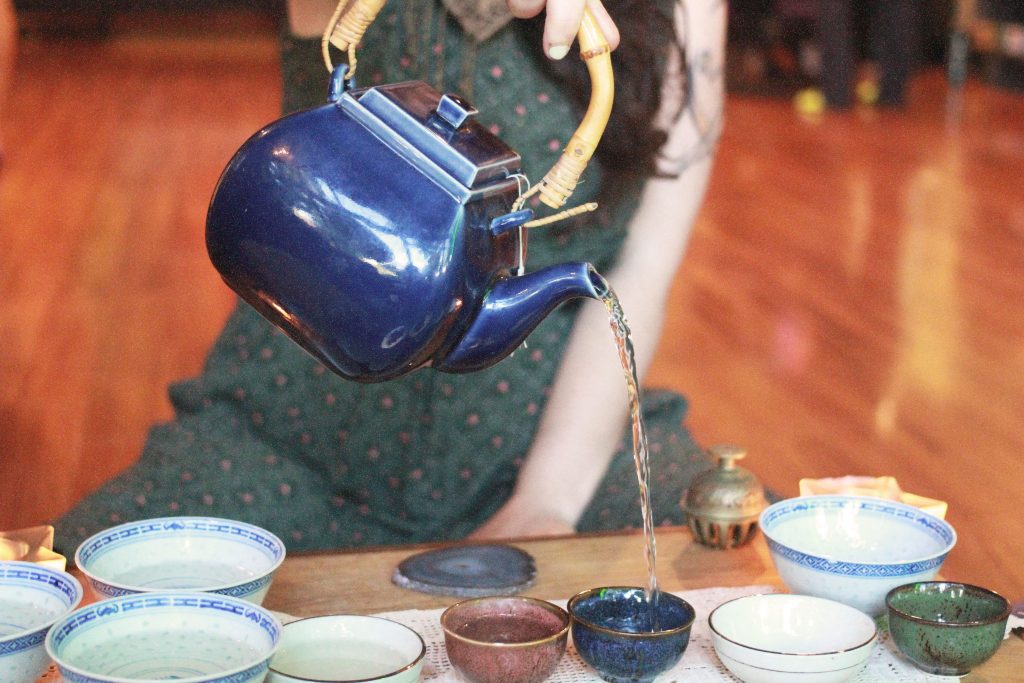Here at Phytoextractum, we’re super excited about the things that we are able to offer to our customers. We love hearing about how our products have made your lives better, but that’s not all that we want our site to be about. We also love being able to share more knowledge that can help you to become more informed about the industry at large.
While we love the power that CBD has and how accepted it has become, we also think it’s worth mentioning that the hemp plant is good for more than just making CBD oil! In fact, there’s a whole separate industry worth covering.
Join us as we explore this whole new world!
Hemp and Marijuana: Cousins, Not Sisters!
The first thing that we want to mention is that hemp and marijuana are actually two different types of cannabis plants! While the words are often used to replace one another, it would be more correct to point out that they are not the same thing. Both are cannabis plants, but they have their own unique properties.
The looks and chemical compounds found in both of these plants are different. Because of this, the two plants are used in very different ways! While the bushy marijuana plant is often short and stout, the skinny hemp plant has different uses because it is tall.
How They Relate To CBD
Both hemp and marijuana are types of cannabis plants, and all cannabis plants contain cannabinoids such as CBD and THC. While marijuana has high THC levels and thus makes you high, hemp tends to have lower levels of THC and higher levels of CBD. For that reason, hemp is frequently used to create CBD products!
Hemp is legal to grow in the US as long as it has a THC content of less than 0.3%. Anything more than this and it is possible that the plant would get you high, so the government regulates the hemp industry at this number.
Hemp: More Than Just CBD!
While hemp is often used to create CBD products, the plant is a very powerful part of the agricultural community for other reasons as well. Our focus today is not on CBD products but on the other ways that hemp is being used in manufacturing, agriculture, and other industries in today’s world.
Past Uses of Hemp
Hemp was a very popular crop until it was banned in the United States. In fact, the history of hemp dates back for thousands of years in some areas of the world! There are many famous documents that were made from hemp paper, and even famous clothing that we read about in textbooks may have been made from hemp.
There were a lot of ways that the hemp plant was used throughout time. It was used to create:
- • Shoes
- • Ropes
- • Paper
- • Clothes
- • Sails
- • As food
Today, hemp is still used in some of these products, but we tend to see it in some different ways. Hemp was banned as a farm crop from 1957 to 2007. The Farm Bill now allows for hemp to be farmed in regulated ways, so it is seeing more usage in various industries again.
Dietary Products
Hemp is often used as a dietary product. Hemp oils and seeds are both good for adding flavor, protein, and fatty acids to any meal. Some people mix these ingredients into smoothies while others simply snack on the seeds directly when they want a healthy snack.
It’s possible to find hemp flour as well. Hemp seeds can be ground into a flour, and then the flour is used in the same way that wheat flour would be used. Since hemp is so high in amino acids, it is often considered to be a healthier alternative to wheat flour.
Keep Things Building!
Hemp-base construction materials are also becoming more popular due to how fiscally and environmentally friendly they are. France uses a type of concrete known as hempcrete to work on their roads, buildings, and sidewalks. The material is lightweight, making it a very easy product to use.
The fibers in the hemp plant are very strong, so they are often repurposed into various types of construction materials and equipment. Their strength lends itself to this type of product very well.
Hemp For Your Pets!
While CBD oil made from hemp may be given to pets in the proper amounts, that’s not the only way that hemp might be doing something special for your doggie! There are a lot of dog foods that include either hemp seed or hemp seed oil because of the high amounts of amino acids and protein in them. These products help to improve your pet’s skin and coat health as well as their digestion.
Clothing Galore!
Much as was done in the old days, hemp fiber is often used as a way to make clothes, shoes, and textiles. As the material made from hemp is very soft, it’s a great alternative to cotton. Hemp can also be grown in more eco-friendly ways than the fickle cotton plant, so this alternative is a great thing for the world around us.
We expect many clothing companies to switch to hemp fiber rather than cotton in the future as an affordable and eco-friendly choice.
Tie It Up; Write It Down
Historically, hemp was most frequently used to create paper and ropes. The types of fibers in the hemp plant just makes sense for these uses, and that is why there is still rope and paper being made from hemp today!
Hemp paper is much more eco-friendly than paper made from tree pulp, so it is possible that we will see more paper products being made from hemp in the future as well.
Have You Heard Of Hemp Plastics?
One of the coolest things that we’ve ever heard that can be made of hemp fibers is plastic! Things like CD cases and pencil boxes can be made from biodegradable hemp-based plastics. This type of experimental product that can safely biodegrade is going to be a great option as we move towards an eco-friendly future.



